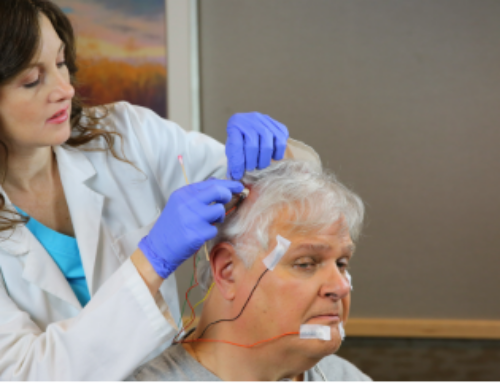America’s trucking industry is the lifeblood of the nation’s economy, ensuring goods are delivered to their destinations. However, the trucking industry faces a challenge that jeopardizes the well-being of truckers and the safety of all drivers: a shortage of truck parking. As truckers spend hours searching for suitable spots to rest, it poses a serious risk of drowsy driving accidents.
The struggle for parking spaces
Truck drivers are confronted daily with insufficient truck parking spaces. There is currently only one parking space for every 11 trucks on the road. This places pressure on truck drivers to find a secure spot to rest within the limits of their legal work hours, pushing them to make risky decisions to meet their work obligations. As a result, many drivers resort to parking on freeway off-ramps, side streets, and retail parking lots.
Legislative efforts
Both Democrat and Republican lawmakers in Congress have joined forces to address this issue. They are backing bills that would allocate $755 million to build additional truck parking spots nationwide. Truckers are relying on this legislation to provide them with safe places to rest during their mandatory breaks.
Fatigue and drowsy driving
Truck drivers operate under federally mandated “Hours of Service” regulations that aim to prevent fatigue-related accidents. However, recent changes to these regulations have raised concerns about the impact on road safety. Longer on-duty times may lead to fatigue, which impairs a driver’s performance behind the wheel. Fatigue can compromise a driver’s ability to maintain necessary skills like eye-hand coordination and manual dexterity, leading to an increased risk of accidents.
Recent research suggests truck drivers sleep, on average, about 6.2 hours per day before driving, which is less than the recommended 7 or more hours the AASM recommends. Additionally, drivers traveling between time zones may face an additional burden of fatigue. For truckers, the effect of shifting time zones is amplified given their non-traditional work schedule, raising the risk of drowsy driving accidents.
Scheduling variations pose a safety risk as well. Truckers may experience shift work disorder, which occurs when you have difficulties adjusting to your wake and sleep times due to your work schedule. Shift work disorder causes you to have trouble sleeping or be severely tired.
Watch this video for truckers to understand the signs, causes, and consequences of driver fatigue.
The role of sleep apnea
While long work hours can contribute to fatigue, sleep apnea may also play a role. Sleep apnea is a common sleep disorder characterized by pauses in breathing during sleep, leading to poor quality sleep and daytime drowsiness. Sleep apnea can impair drivers’ ability to stay alert and attentive behind the wheel. Estimates into the prevalence of sleep apnea among truck drivers vary; most likely, around 40% of truckers have the sleep disorder.
Despite its potential impact on road safety, there is no federal requirement for sleep apnea testing for commercial motor vehicle drivers. Some drivers fear that undergoing a sleep study and getting diagnosed with sleep apnea could jeopardize their jobs. However, it’s essential to recognize that sleep apnea is treatable. Your medical provider or a sleep doctor can help you select a treatment plan that is right for you.
Conclusion
The shortage of truck parking spaces has become a major roadblock for truck drivers. The constant search for a safe resting place leaves many drivers sleep-deprived and prone to drowsy driving accidents. Providing rest and parking for truck drivers is more than just a convenience, it’s a step toward ensuring safety on the road.
Medical review by John Saito, MD
Related:
- Study shows high rate of truckers with undiagnosed sleep apnea
- Sleep apnea, shift work a danger on the roads and rails





